Osibisa

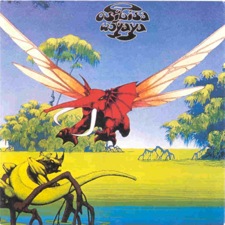
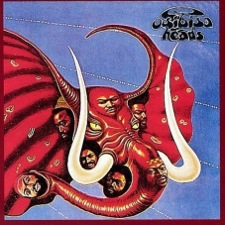

Adult. Album Covers
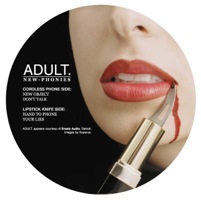
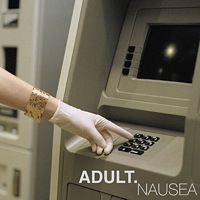
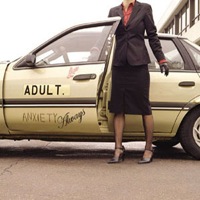
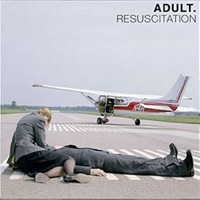
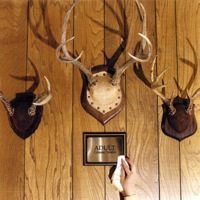
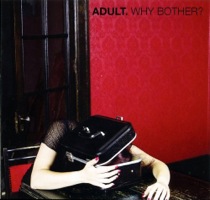

Brian Eno's Ambient Series

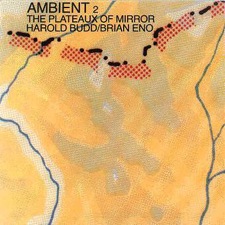
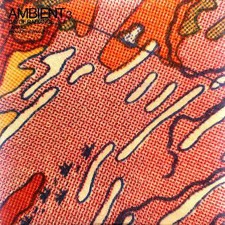

Each of the four albums is given the title “Ambient”, following whatever number release it was, and a more descriptive title after that. The use of Helvetica type in the top left corner is not unlike the typography of the Obscure Label album covers. However, each cover features a section from a colorful map, each varying in scale and terrain it depicts. I am not 100% positive where the idea for using maps for the covers originates, but I believe it starts with the first album, titled Ambient 1: Music for Airports, which Eno was inspired to compose for use in airport terminals where the busy atmosphere never ceases. The notion of airports with travel and maps are associated with travel makes me suspect this could be the intent of the design.
1978, Ambient 1: Music for Airports by Brian Eno
1980, Ambient 2: The Plateaux of Mirror by Harold Budd/Brian Eno
1980, Ambient 3: Day of Radiance by Laraaji, produced by Brian Eno
1982, Ambient 4: On Land by Brian Eno
Brian Eno's Obscure Label
All ten albums in the series feature the same background image formed from overprinting a photo of a city with black ink. However, each album – with the exception of one – has a unique small section that reveals the brightly-colored image underneath. The artist and title for each album remains consistently in the upper left in white Helvetica type. One could interpret these covers represent how this series is bringing each of these works out of obscurity, as the windows showing the photo underneath share what it is obscured by the overprint of the black ink.
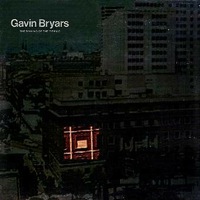


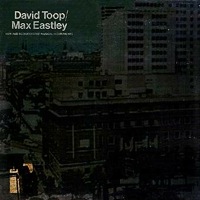

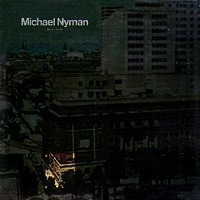
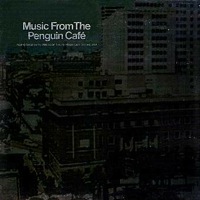
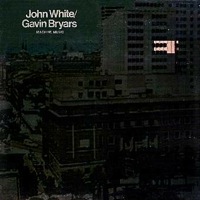
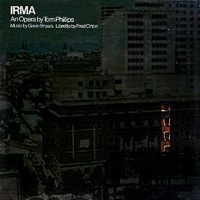

John Bonis of CCS was responsible for the design of the covers for the series. I am not able to find any other information on him or his work other than this project. After the departure of the Obscure label, some of the artists have released their albums with different album art, including Eno’s Discreet Music, Budd’s The Pavilion of Dreams, and The Penguin Café Orchestra’s Music from the Penguin Café Orchestra, making them part of the canon of their body of works. Unfortunately, at least half of these albums have not seen a release on CD, let alone a vinyl reprint, since 1982 on the EG Records label.
1975, The Sinking of the Titanic by Gavin Bryars
1975, Ensemble Pieces by Christopher Hobbs, John Adams, Gavin Bryars
1975, Discreet Music by Brian Eno
1975, New and Rediscovered Musical Instruments by Max Eastley, David Toop
1976, Voices and Instruments by Jan Steele, John Cage
1976, Decay Music by Michael Nyman
1976, Music from the Penguin Café by Members of the Penguin Café Orchestra
1978, Machine Music by John White, Gavin Bryars
1978, Irma an opera by Tom Phillips, music by Gavin Bryars, libretto by Fred Orton
1978, The Pavilion of Dreams by Harold Budd
Def Leppard's "Hysteria" and Singles
Continuing on to hard rock/metal band Def Leppard’s 1987 multi-platinum seller Hysteria, which was followed by no fewer than seven singles. The cover for the album and singles were designed by Andie Airfix of Satori, whom had designed previous covers for the band as well.
At first when you look at the album and singles, it appears the background of each single is a different crop of the main album art.
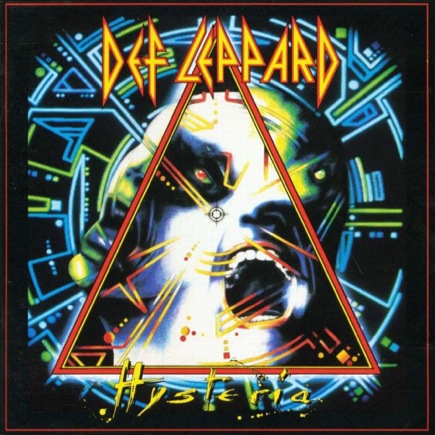




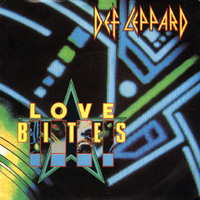


However, when I was browsing for album covers with CoverScout, I came across an interesting discovery that I never would have noticed on my own. I don’t think I’ve ever seen singles so painstakingly fit together design-wise with their parent album like puzzle pieces in this way. Kudos to whoever noticed this! I’ll be on the lookout for any other singles that do anything similar to this.
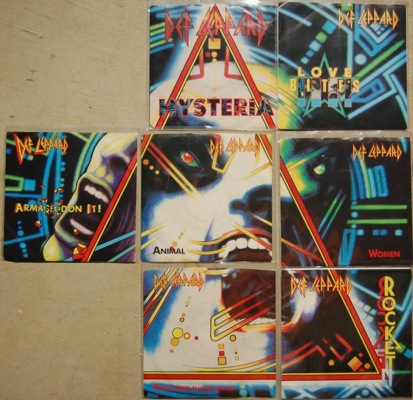
(image via here)
1987, Hysteria album
1987, “Women” single
1987, “Animal” single
1987, “Hysteria” single
1988, “Pour Some Sugar on Me” single
1988, “Armageddon It” single
1989, “Rocket” single
Follow-Up: Belle and Sebastian & Arab Strap




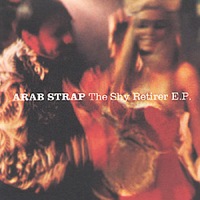


1998, “Here We Go/Trippy” single
1998, “(Afternoon) Soaps” single
1999, Elephant Shoe album
2003, Monday at the Hug & Pint album
2003, The Shy Retirer EP
2005, “Dream Sequence” single
2006, “Speed Date” single
Belle and Sebastian Album Covers



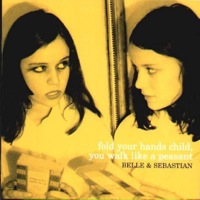

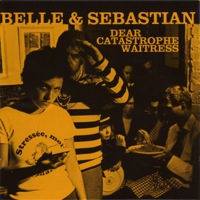

1996, Tigermilk
1996, If You’re Feeling Sinister
1998, The Boy with the Arab Strap
2000, Fold Your Hands Child, You Walk Like a Peasant
2002, Storytelling
2003, Dear Catastrophe Waitress
2006, The Life Pursuit